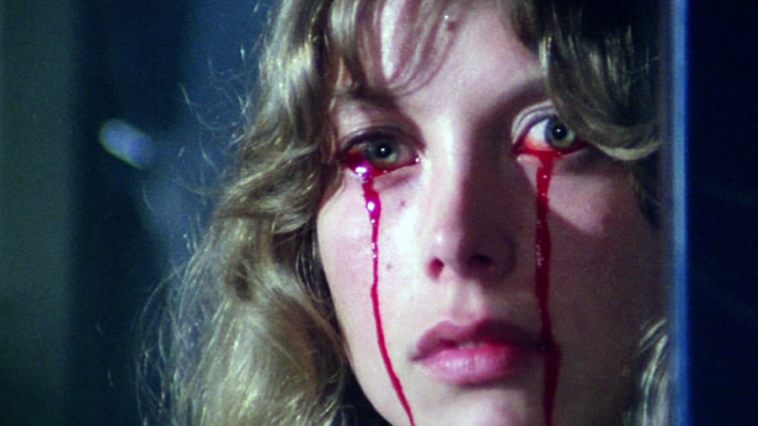
The Italian maestro Lucio Fulci is a well-regarded creative tour de force by horror fans, and whilst his rather extensive oeuvre takes in all manner of genres, he is still oft overlooked by the mainstream, leaving him as, arguably, one of the most underrated director’s in the history of the film industry.
With more than fifty directorial credits to his name and work that takes in musicals, thrillers, comedies, westerns and, yes, horror films, he’s a tough creative force to nail down and this has seemingly worked against him to some extent. Naturally, so has his proclivity for making low budget gore fests, of course, there are more challenging works among his completed projects but these have been criminally ignored in favour of the director’s later output.
As his health declined he immersed himself in work, churning out horror films to distract himself from his deteriorating condition, the work was rushed and frivolous, and yet, hidden even among these seemingly shoddy releases are moments that only Fulci could have created, diamonds in the rough as it were.
There were understandably far too many films within his oeuvre to look at, so here we have attempted to narrow it down to a list of ten of his top films, though sadly this does mean that numerous efforts from the late, great Lucio Fulci have had to be left by the wayside. Of course, that’s why there’s a comments section, so please remember to share your favourite Fulci moments with the community.
10. The House by the Cemetery
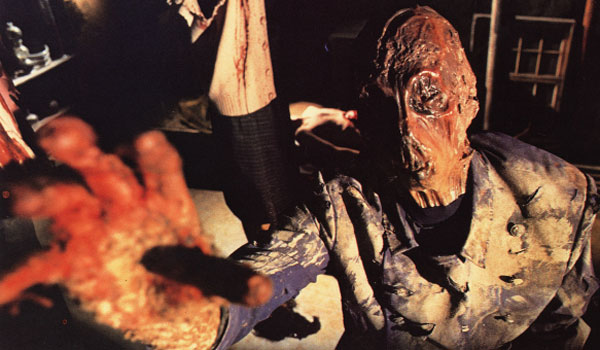
A blood-soaked horror movie that packs in some fine cinematography and a largely synth based soundtrack to help bring to life a menagerie of titillation, gruesome death scenes and a rather creative killer that pays reverence to Mary Shelley’s novel “Frankenstein” and Stanley Kubrick’s seminal horror masterpiece, The Shining, among others. Seen as part of Fulci’s unofficial “Gates of Hell Trilogy” that also includes the ever-popular City of the Living Dead, The House by the Cemetery is centred around a residence in New England that quite literally has secrets buried within the depths of its dark, murky basement.
The film’s opening sequence sets the scene rather efficiently, establishing both the setting and the tone of the movie effortlessly. Here we see a long, lingering shot of the titular house, before moving in to find a young blonde woman calling out for her boyfriend, naturally he turns out to be dead, and the same killer quickly turns his attention to her too.
The film then cuts to New York where the viewer is introduced to the Boyle family who are set to move into the same house, and after doing so, it isn’t long before it becomes abundantly obvious that there is something seriously wrong with the family’s new abode. Narrative structure was never a consistent strength for Fulci though, and here that fact is made painfully obvious, arguably making it the weakest of the “trilogy” owing to the other two foregoing the necessity of story for what are essentially purely visual experiences that undoubtedly played to the director’s strengths in this particular field.
Fulci, in terms of his horror based material, was an expert in creating atmosphere and gory set-pieces, and it’s surely this that keeps The House by the Cemetery afloat whilst the viewer spends the bulk of the film scratching their head in confusion and dodging obvious red herrings.
To a certain extent, the film feels as though it was a reaction to the critical lambasting of those that directly preceded its release, the gore elements had undoubtedly been toned down slightly in favour of story exposition, though sadly this is to the film’s detriment, slowing the pace down immensely. It’s by no means one of the greatest films you will ever see, but it is certainly worth a look, and Walter Rizatti’s soundtrack isn’t half bad either.
9. Perversion Story
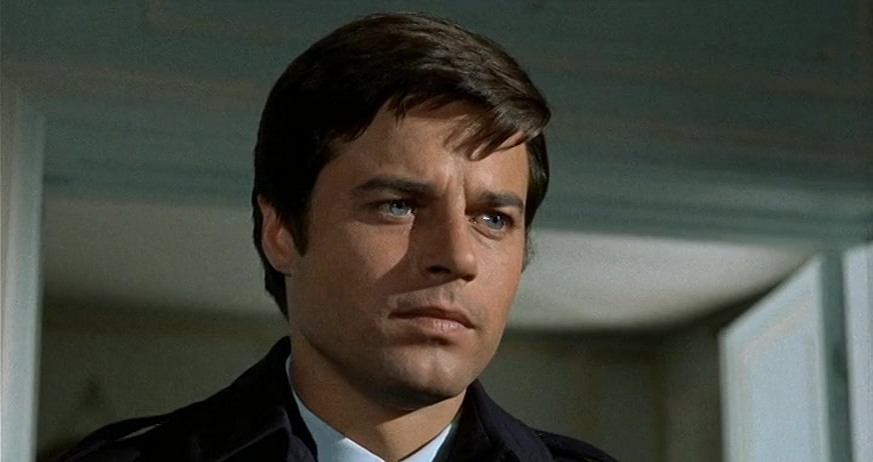
An early film of Fulci’s, it finds the director discovering his voice with the medium, it’s certainly not a patch on his best work, but it’s a fundamental stepping stone – a milestone within his oeuvre.
Released in 1969, Perversion Story (or One on Top of the Other as it is also known) is a very early entry into the giallo genre, arriving before the baroque work of Argento and the establishment of the typical tropes that we now associate with the genre- black gloved killers, for instance. There are very few deaths, and certainly none of the set-pieces that typically shock and delight in equal measure, but instead we have a more story driven affair that leaves the viewer guessing almost up until the very end.
The plot centres around Dr. George Demurrier, a man who runs a small medical clinic and has an infirmed wife, though this does little to stop him gallivanting with his mistress, Jane. In fairness, there is more to his character as he will not divorce her, so he is evidently displaying some remorse for his own actions. Regardless, on one such occasion when George is out on the town with his lover, his wife dies, leaving to him a rather hefty inheritance.
The plot thickens further when a woman, identical to his spouse shows up, seeing George thrown in jail before either he, or the viewer has any idea what’s going on. What follows is a story of passion and jealousy that sees George convicted, and facing the death penalty for the murder of his wife, but did he really do it? Or is all just an elaborate ploy to get him out of the way?
Those more familiar with the director’s later work may be somewhat miffed by the lack of gore – save for one scene that features a sickly looking, rotting corpse – though the director’s penchant for nudity was on show, even this early into his career. It may lack the storytelling of The Psychic and the social conscience of Don’t Torture a Duckling, but Perversion Story is a still a more than solidly made example of the giallo genre; it’s well acted, full of twists and turns and, frankly, it’s one that fans simply must see.
8. Lizard in a Woman’s Skin

Possibly Fulci’s most erotic piece of film making, Lizard in a Woman’s Skin is a movie that deals with repressed lesbianism set against the backdrop of a swinging London in its heyday, and brought to life with a typically magnificent score from the legendary Ennio Morricone. The film is another foray into the realm of the gialli, and features an abundance of Argento-like hallucinatory sequences, making this a very dream-like experience and an artistic high point from the director’s formative years.
The narrative focuses on the daughter of a politician (Carol) who experiences an array of LSD inspired hallucinations which take a dark turn, seeing her imagining the slaying of her neighbour (Julia), who, as it turns out, winds up getting murdered. When the police arrive to investigate the scene, the room matches that described by Carol during a psychotherapy session where she relates her fantastical visions, dreams inspired by Julia’s excesses and late-night soirees.
Understandably she becomes the chief suspect in the case, leaving her wondering if her hallucinations were just dreams, or did she actually perpetrate the crime in question? After a man admits his guilt over the murder, Carol is released, but the chief investigator isn’t convinced of her innocence and continues prying, only to discover some rather unexpected truths.
Carol’s dreams are visually alluring, bathed in sumptuous colour, whilst the reality of her humdrum life is dull and grey, the shimmering score is rather dream-like and the actresses (Florinda Bolkan and Anita Strindberg) are gorgeous, making this arguably Fulci’s most visually arresting film. With precious little in terms of gore and needless shocks, it features a strong narrative to prove that with the right script, the director was more than capable of putting together a more artistic and cerebral experience when the need arose.
Continually blurring the fine line between reality and dreams, Lizard in a Woman’s Skin really is a sublime example of the giallo genre, a whodunit that keeps the viewer guessing right up until its tremendous finale. As a side note, there is a sequence involving disembowelled dogs that saw the film, and its director, investigated owing to the particularly graphic and realistic appearance of the props, seeing special effects maestro, Carlo Rambaldi forced to testify in court to prove that no animals were harmed in the making of the movie.
7. Four of the Apocalypse
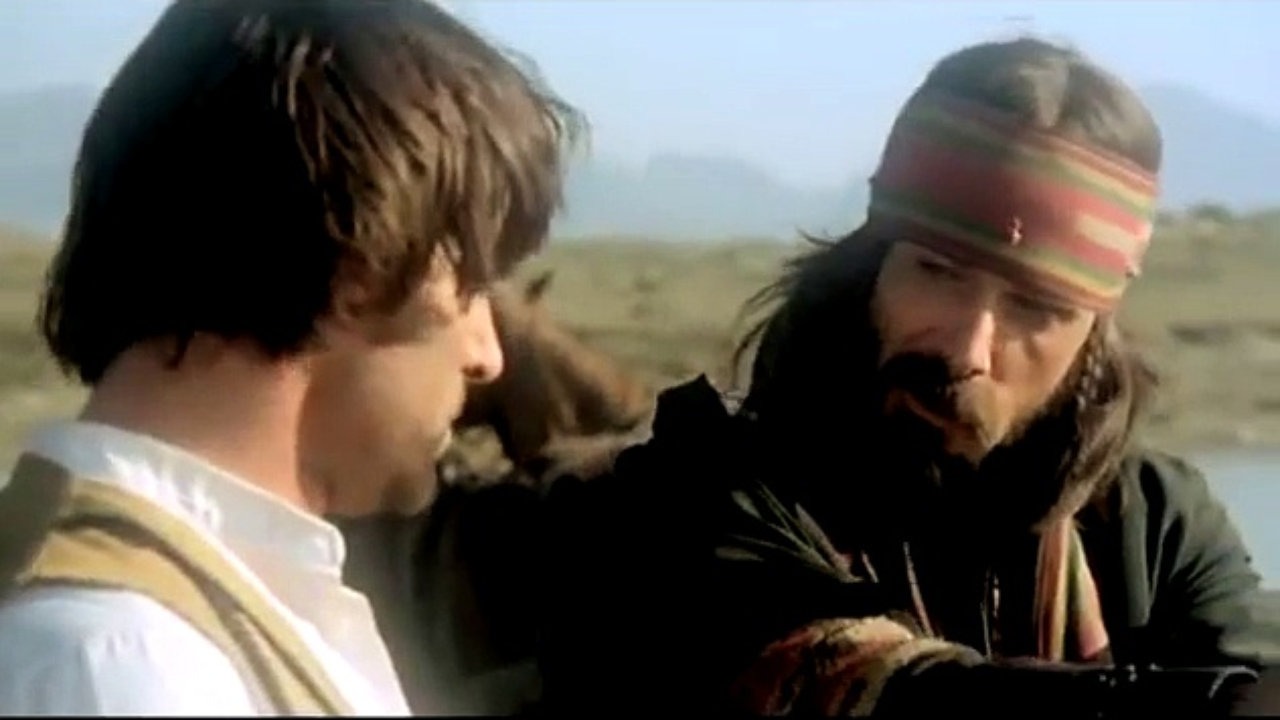
Here, Fulci takes a detour in the direction of countryman Sergio Leone with a spaghetti western of his own, though as one might expect, it doesn’t exactly play by the rules. Curiously enough, it’s actually just one of three forays into the genre for the director, but this particularly moody and sombre effort is undoubtedly the best of them.
Combining a menagerie of sex and violence with strong performances and cinematography, Four of the Apocalypse is undoubtedly greater than the sum of its parts, but then, that was something of a trademark of Fulci’s, taking something that would otherwise be forgotten and making it border upon the realm of art. This effort, released in 1975, was actually based on two stories written by Bret Harte (“The Outcasts of Poker Flat” and “The Luck of Roaring Camp”) which screenwriter Ennio de Concini combined to create a dour, yet deeply moving whole.
Four of the Apocalypse is a bleak western that centres around a group of four disparate criminals (Bunny, Stubby, Ben and Clem) who wander into an isolated town and find themselves jailed by a corrupt sheriff who turns a blind eye to a bloody attack on the local casino, before taking the group’s cash and belongings and sending them on their way into the barren desert.
There, the four of them encounter bandits, a travelling evangelical community and a double-dealing Mexican, with pretty much everyone who comes into contact with them ultimately dying – including the bulk of the main ensemble. With sole survivor, Stubby, wandering off into the desolate sands with a new canine companion at his side.
In a world where death can raise its ugly head at any given moment, it is perhaps surprising that Four of the Apocalypse is actually a film with a profound sense of hope found at its heart. Towards the end of the film, as Bunny gives birth in a small mining community inhabited solely by men, the once bitter populace chooses to embrace the beauty of life, and take the child (aptly named Lucky) into their care.
Of course, such redemption is not for all of us, and Stubby leaves them to take his revenge upon the men who wronged him, discovering that the Mexican gunman (Chaco) was in cahoots with the sheriff from the outset. Ultimately, Four of the Apocalypse is an enjoyable story of redemption filled with larger than life, almost caricature-like takes on western clichés, and as such, it definitely ranks among the very best that Fulci’s oeuvre has to offer.
6. Zombi 2 (Zombie Flesh Eaters)
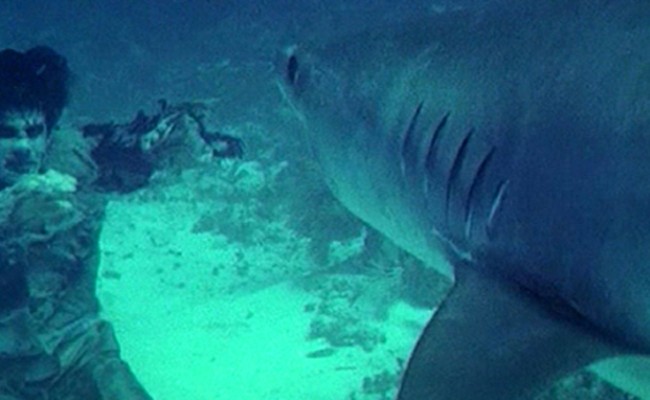
Technically, this probably shouldn’t rank quite so highly, but quite frankly there are just some things that simply have to be seen to be believed, even if it isn’t for the right reasons. This is one of them. Of course, that’s not to say that it isn’t without its merits, for one, Fulci manages, as is the norm, to retain a superb atmosphere throughout and then there’s the gore element, with the film famous for its eye gouging scene, not to mention the show stealing, utterly preposterous zombie versus shark sequence.
There’s a rather curious thing about Italian law which states that it is perfectly fine for anyone to legally make a sequel to any film. There, Dario Argento edited George Romero’s masterpiece, Dawn of the Dead, added in a soundtrack from his prog-rock mainstays, Goblin, and released the film there as Zombi.
This turned out to be a commercial hit, and producers quickly sought to cash in on the popularity, the result of which is Zombi 2, or Zombie Flesh Eaters as it’s known in the UK (undoubtedly its best name). Technically, the two films aren’t even remotely connected, but that didn’t stop Fulci from creating a flick that has only since grown in popularity with both the public and the critics since its 1979 release.
It opens with a seemingly abandoned sailboat drifting into the harbour area in New York, naturally something evil lurks aboard, and it promptly slaughters a harbour patrol officer, his partner managing to shoot the creature, sending it tumbling into the gloomy depths below. This triggers into motion a sequence of events that sees the film’s principal characters gathered together and journeying off to a Caribbean island known as Matul.
Here, a strange illness is sweeping across the populace, killing and then reanimating their corpses, naturally this hopeless situation only escalates, with the zombie numbers increasing whilst what few survivors there are find themselves slowly picked off one after the other.
Zombie Flesh Eaters is bleak, gory and, whilst it’s certainly not the best film ever made, quite a lot of fun. It’s something that cannot be taken seriously in the slightest, but then, was it ever meant to be?